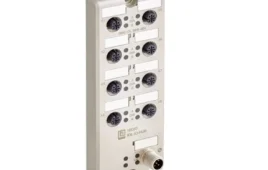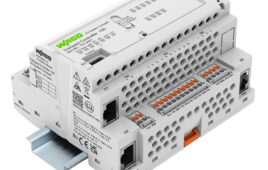A team at the University of Dayton Research Institute has created a video showing what can happen to an airplane when it collides with a drone. They have presented their findings along with the video at this year’s Unmanned Systems Academic Summit.
Because of the vast difference in size between small civilian drones and commercial airplanes, many might assume that a collision between them would be minor. But that might not be the case, as the team at UoD showed. They have practical experience studying a similar hazard—birds in flight striking airplanes. Their findings are used by aircraft designers.
Noting that a bird can break windows and cause injuries in the cockpit and damage engines, the researchers wondered what might happen with drones. To find out, they collaborated with a team at Sinclair College National UAS Training and Certification Center. Together, the two groups set up a mounted Mooney M20 single-engine plane wing on a ground station and then “fired” a drone at it at a speed approximate to a flying aircraft. This effectively simulated a plane colliding with a drone.
The video made by the team clearly shows the dangers presented by such a collision. Rather than disintegrating, bouncing off, or offering a glancing blow, the drone tears through the skin of the wing and its interior parts, causing extensive damage inside of it—more damage than that caused by a large bird strike. More specifically, it caused damage to the main spar—an internal wing structure that carries the weight of the plane. Damage to the spar could cause the plane to crash. The video also offered a hint of what would happen if the collision site were the cockpit instead of the wing.
The researchers suggest that more testing needs to be done with different drone sizes and different aircraft to learn more about the potential risks involved. They note that such collisions appear to be a near certainty, pointing out that a collision occurred between a civilian quadcopter drone and a military helicopter last year. In that instance, a rotor was severely damaged, though the copter was able to make it back to its base safely. The researchers suggest that next time, pilots or passengers might not be so lucky.
Filed Under: TEST & MEASUREMENT




